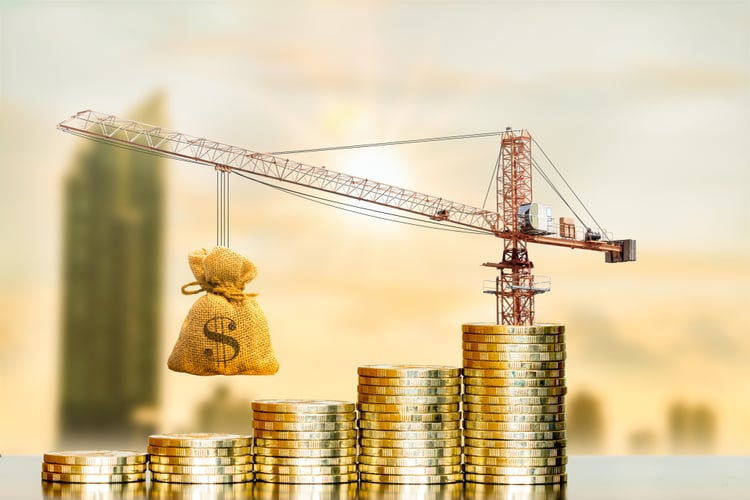Many energy efficiency measures have a low initial cost in terms of lifetime savings, which shortens their payback period. For example, LED lighting upgrades have a typical payback period of less than three years, and leading brands offer warranty terms of five years or more. However, many buildings in New York will need deep retrofits to meet the emission limits in Local Law 97 of 2019. A deep retrofit is a complex project with large upfront costs and its payback period can exceed 10 to 15 years.
Even if a building owner has the funds for a major modernization, an expense of this magnitude can disrupt cash flow for years. It is also possible to use commercial loans, but their repayment period is usually less than 10 years – less than the repayment period for a major renovation. The energy savings are not enough to pay off the loan alone, and the homeowner must cover the difference.
Get professional energy modeling services for your building modernization.
C-PACE financing is an attractive option as the repayment term for commercial buildings can be up to 30 years. This makes C-PACE loans viable for deep energy retrofits , which will be necessary to avoid carbon penalties on many New York buildings. In these cases, the loan can be repaid not only with energy savings, but also with avoided emissions penalties. In this article, we will use a simplified example to compare C-PACE financing to a conventional loan.
Financing a Deep Energy Retrofit with a Conventional Commercial Loan

We will assume that a building from Business Group B has an area of 300,000 m2 and the following energy consumption:
- 7,200,000 kWh per year
- 90,000 terms of natural gas per year
Assuming an electricity tariff of 0.20 dollars/kWh and a natural gas price of 1 dollar per thermoelectric plant, this building pays around 1,530,000 million dollars in energy bills. The emissions footprint is also high – 2,558.52 metric tons of CO2 equivalent per year, according to Local Law 97 emission factors.
The emission limit is 2,538 tCO2-e in 2024 and 1,359 tCO-e in 2030. Although the 2024 target can be achieved relatively easily, the 2030 target is a major technical challenge. To avoid LL97 penalties in 2030, this building must reduce total emissions by more than 46%. This could be achieved with a major modernization project that would cut gas and electricity consumption by half:
- 3,600,000 kWh per year
- 45,000 thermals per year
- $765,000 in energy bills per year
- 1,279.26 tCO2-e per year (below the 2030-2034 limit)
After renovation, the building would save US$765,000. However, according to a study by the Rocky Mountain Institute , a deep energy retrofit costs between $25 and $150 per square foot. Even with an optimistic cost estimate of $7,500,000 (assuming $25/sf), the payback period for this project is 9.8 years.
If you get a $7.5 million loan at 3.5% interest and a 10-year term, your annual payments will total $889,973. This means that the $765,000 in savings is not enough to cover the loan, and you must pay the difference over 10 years – that's about $1.25 million in total.
Financing a deep energy modernization with C-PACE

If you use a 30-year C-PACE loan with a 5% interest rate for the above project, the savings will be much greater than the annual payments. You'll start saving $765,000 in the first year and pay $483,139, leaving a net savings of $281,861 in your pocket. While the conventional loan leaves you with a negative cash flow of $1.25 million after 10 years, you accumulate $2.8 million in net savings with C-PACE financing.
The disadvantage of a longer loan is paying more interest over time, but this can be fully covered with the savings achieved. On the other hand, a shorter loan is paid off sooner, but you must assume negative cash flow for its entire duration. Additionally, consider that net savings can be reinvested immediately with the C-PACE Loan although there is an opportunity cost in covering the difference in a shorter loan.
In the case of New York, LL97 avoided penalties can also be used to cover any loans used to renovate buildings. The property in this example will save $5,498/year between 2024 and 2029, and $321,470/year between 2030 and 2034. All funds that would have been paid as fines can be used for debt service.

